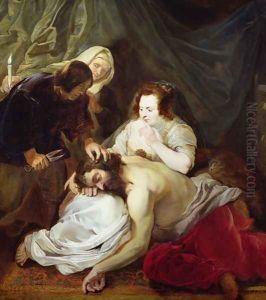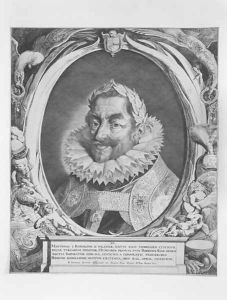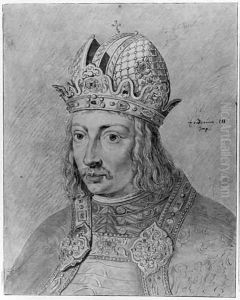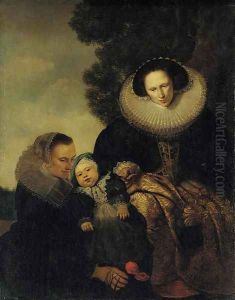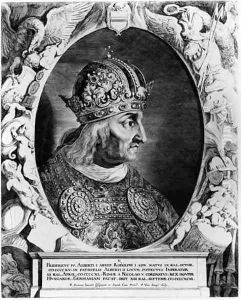Pieter Claesz. Soutman Paintings
Pieter Claesz. Soutman was a Dutch Golden Age painter, printmaker, and draftsman, born in Haarlem in 1580. His work primarily focuses on portraits, history paintings, and prints. Soutman's early life and training are not extensively documented, but it is known that he spent a significant portion of his career in the service of the Polish court, which greatly influenced his artistic development and stylistic choices.
Soutman's career began to flourish after he returned to the Netherlands from Poland. He was deeply influenced by Peter Paul Rubens, and his works often reflect Rubens' influence in their dynamic compositions and rich coloration. Soutman was not just a painter; he was also skilled in creating prints and was involved in reproducing Rubens' works, which helped to disseminate the Baroque style across Europe. Despite his connections with Rubens, Soutman developed his unique style, characterized by a keen attention to detail and a preference for portraying his subjects with a certain degree of realism and individuality.
In Haarlem, Soutman became a member of the Haarlem Guild of Saint Luke, which was a common practice for artists of his time to ensure their professional status and ability to sell their works. His contributions to the art world during the Dutch Golden Age were significant, though he is not as widely recognized today as some of his contemporaries. Soutman's legacy includes not only his own artworks but also his influence on other artists of his time and his role in the spread of the Baroque style throughout Europe. He died in Haarlem in 1657, leaving behind a body of work that, though not as celebrated as that of some of his peers, provides valuable insight into the artistic transitions of the 17th century.
